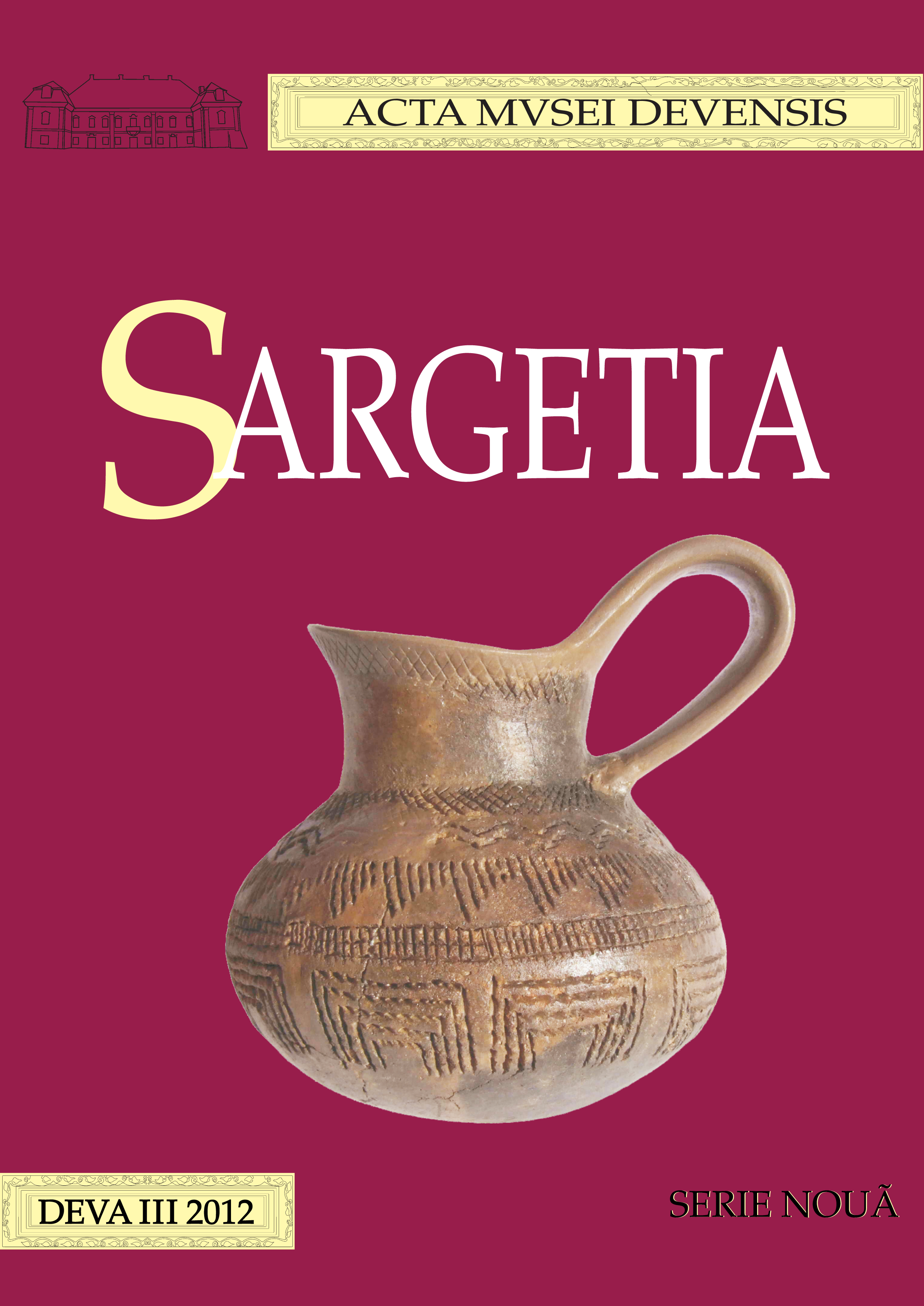Contribuţii la cunoaşterea plasticii antropomorfe din aşezarea neolitică de la Suplacu de Barcău (jud. Bihor)
Contributions to the knowledge of Anthropomorphic Plastics of the Neolithic Settlement from Suplacu de Barcău (Bihor County)
Author(s): Cristian Ioan Popa, Gruia Traian FazecasSubject(s): Archaeology
Published by: Editura Altip
Keywords: anthropomorphic plastic; Suplacu de Barcău; Porţ; neolithic; settlement
Summary/Abstract: This study presents two statuettes discovered in 2012 in the Neolithic site from Suplacu de Barcău-“Corău” in Bihor county. One of the statuettes was recovered from the soil in an older excavation. It has a cylindrical shape, slightly tapered, it is almost complete, except for an extension from the inferior part of the body, which is broken. The surface is decorated on two of the edges with stitches which alternate with vertically incised lines (fig. 1). The second statuette is of a simple type, with widened inferior edge and the head is missing. On its body can be seen several stitches which form a discontinuous decoration (fig. 3). The two statuettes are typologically included in the phases Suplacu de Barcău II-III and they offer a perspective upon the anthropomorphic plastic of the Suplacu de Barcău group the way it was defined by Doina Ignat. The conclusions that can be drawn on the basis of the analysis of these statuettes are that the Corău site has the greatest number of statuettes discovered by now belonging to this cultural group (pl. 1-2; 3/1-5, 7-9), except from the statuette from Pericei (pl. 3/6) and Mişca (fig. 3/7). The earliest exemples come from Vinča B1 phase and the latest ones probably from Petreşti A. The statuettes which are representative for the Suplacu de Barcău group have a cylindrical shape, slightly tapered, and the specific decoration consists of small stitches. These statuettes are representative for the phases II-III of Suplacu de Barcău. The analogies are part of the Salca-Herpály (Halmeu) culture and also the Petreşti culture (Goreni, Caşolţ, Câlnic, Pianu de Jos, Daia Română, Turdaş, Brănişca), which we believe that it has influences from the Suplacu de Barcău culture. Suplacu de Barcău culture differs from the surrounding communities not only at the level of the original plastic but also because they practiced incineration. From the economic point of view, this culture is representative through the fabrication of grinding stone tools from local stone and also the bitumen trade used for the decoration of the ceramics (translated by Raluca Burlacu).
Journal: Sargetia. Acta Musei Devensis
- Issue Year: 2012
- Issue No: 3
- Page Range: 7-26
- Page Count: 20
- Language: English, Romanian

